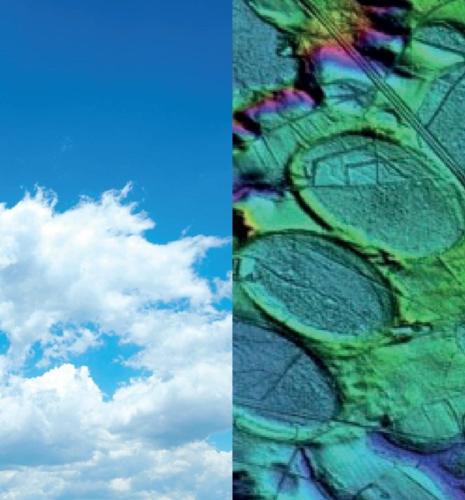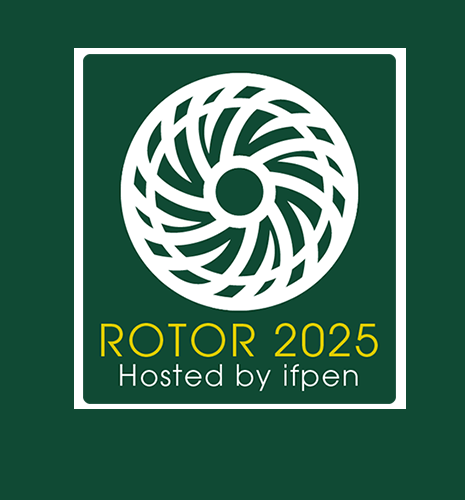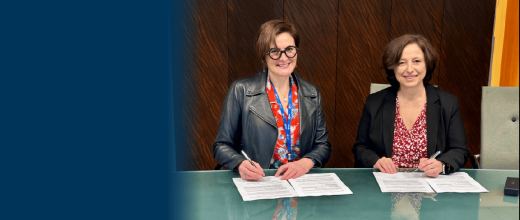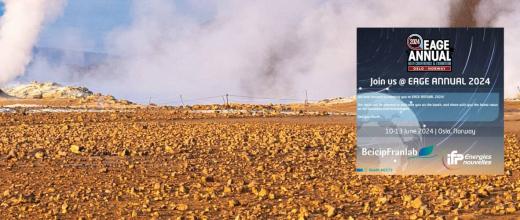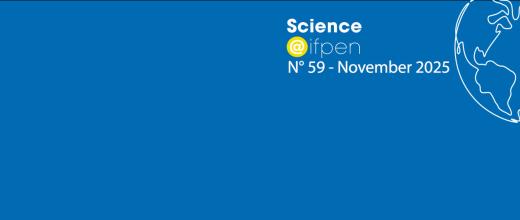
News in brief
Link between chemical diversity and enzyme reactivity: multi-technique exploration for bio-based fuels.
Lignocellulosic biomass is a renewable resource for which conversion into bioethanol is a promising avenue for producing alternative, low-carbon fuels. Converting this biomass requires a pretreatment step to break it down. However, this process generates compounds that can inhibit the action of enzymes used to hydrolyze cellulose into glucose, thereby reducing the efficiency of this reaction. In order to improve the profitability of such processes, these inhibitors need to be identified, but their presence in a highly complex environment composed of several hundred products is a real challenge.

News in brief
Capturing and storing atmospheric CO2: LCA assesses its relevance
The average global temperature has already risen by more than 1°C. What is to blame? The increase in the concentration of greenhouse gases, including CO2, in the atmosphere caused by human activities. To limit future increases, technologies known as CCUNET, which combine CO2 utilization and negative emissions, show great promise: capturing, converting, and then storing CO2 from the atmosphere would not only reduce atmospheric CO2 concentrations, but also reduce the extraction of fossil fuels.
Individual page
Jean-Marc GRATIEN
Research engineer in High Performance Computing and Artificial Intelligence
Engineer of Ecole Centrale Paris, Ocean engineering, promotion 1994 PhD in Computer Sciences, Université de Grenoble 2012 Expert in HPC, IA and Scientific software design Main contributor of the
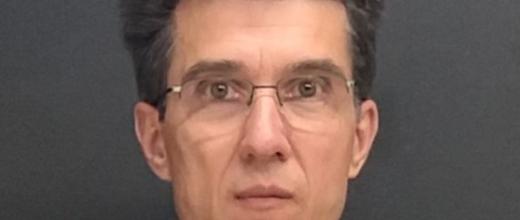
Individual page
Philippe BÉARD
Research engineer
Dr, PhD in Fluid Mechanics
Dr, PhD in Fluid Mechanics
PhD in Fluid Mechanics at ISAE-SUPAERO, Toulouse, France in 1994. Research engineer in the Systems Simulation and Modelling Department from 1996 to 2008. Since 2008, research engineer in the Chemical
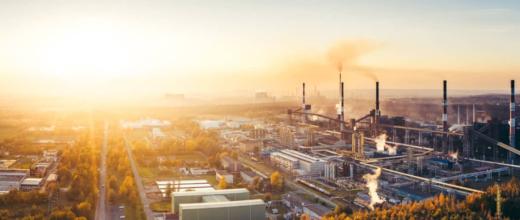
News in brief
IFPEN and the SPLEEN PEPR
IFPEN is co-pilot with the CNRS of PEPR SPLEEN, an upstream research component serving the national acceleration strategy for the decarbonization of Industry.
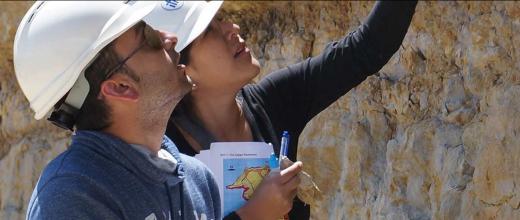
News in brief
The unlikely ellipticity of eigen modes of propagation of transmitted seismic body waves in homogeneous viscoelastic anisotropic media.
The hypothesis of elliptical particle motion of eigen body S-waves projected on a supposed common plane of elliptical polarization of any one of the eigen S-wave vectors S1, S2 associated to a given
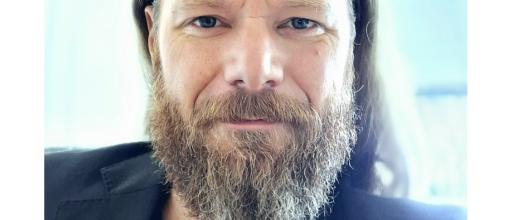
Individual page
Antoine FECANT
Head of Department
Antoine Fécant holds an engineering degree from the Ecole Normale Supérieure de Chimie de Lille (2004) and a DEA (Master degree) from the University of Lille I the same year. He then obtained a PhD

Individual page
Maria-Fernanda ROMERO-SARMIENTO
Research Engineer / Technical Advisor
Organic Geochemistry PhD. HdR.
Sciences of the Earth and the Universe HDR
Organic Geochemistry PhD. HdR.
Sciences of the Earth and the Universe HDR
Maria-Fernanda Romero-Sarmiento joined IFP Energies nouvelles in 2010 as a research scientist in organic geochemistry. She holds a Ph.D. in Organic Geochemistry from the University of Lille (France)
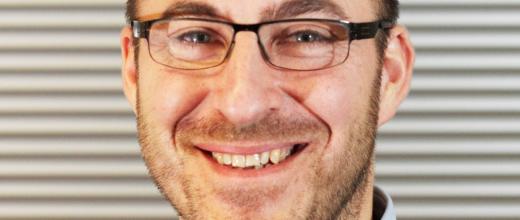
Individual page
Jean KITTEL
Materials & Corrosion Technical Advisor, Project manager
PhD in Electrochemistry
PhD in Electrochemistry
> 20 years experience in Materials and Corrosion. Materials Engineer from INSA de Lyon, 1997. PhD in Eectrochemistry (Paris 6), 2001. Habilitation from INSA de Lyon, 2011. Member of Cefracor / EFC /

Innovation and Industry
Carnot IFPEN Ressources Energétiques
The Carnot IFPEN Ressources Energétiques (RE) brings together 14 of IFP Energies nouvelles’ laboratories. Awarded the Carnot label in 2020, it maintains strong ties with the socio-economic world, both in France and internationally, and actively contributes to the Carnot Institute network. The Carnot IFPEN RE addresses the challenges associated with




